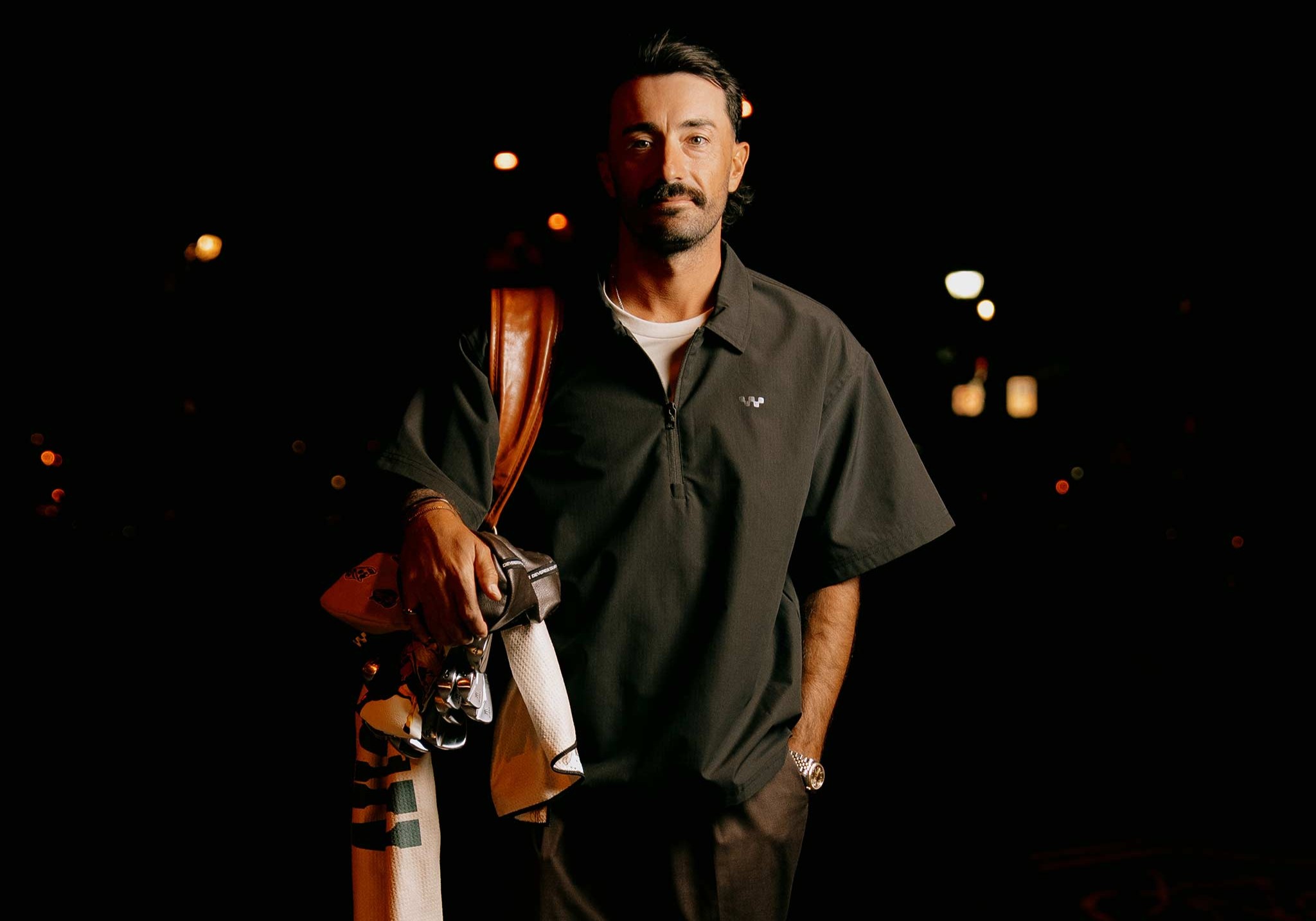8 Best Fleece Lined Pants For Men: Stay Warm All Of 2025
Dec 23, 2025Healing Ourselves, Healing Our World: Brenda Snow Healthcare Maven Extraordinaire
- Jul 10, 2025
- 0 Comments
796

I first learned about the incredible work of Brenda Snow when I found her book, Diagnosed: The Essential Guide to Navigating the Patient’s Journey. Over the years I have had to deal with several health challenges in my own life including asthma, chronic pneumonia, bipolar disorder, as well as some rather exotic diseases that impacted my kidneys (Glomerulonephritis) and adrenal glands (Pheochromocytoma). I am now a full-time caregiver to my wife, Carlin. I know I am not alone. No one gets through life without being a patient and/or a caregiver.
Brenda Snow has pioneered patient engagement for the life science industry with her agency Snow Companies, which she leads as the founder. Brenda’s leadership is grounded in her own experience as a patient with multiple sclerosis and her ability to share her story with millions of women and men who have had to deal with a frightening diagnosis.
“Here’s the first thing I want you to understand,” says Brenda, “You are not alone.”
I had the good fortune to interview Brenda on my podcast. You can watch the full interview here. Hearing Brenda share her story not only reminds us that we are not alone, but that we have a caring guide who understands what we are going through and can help us survive and thrive.
“If you’ve been sucker-punched by a terrifying diagnosis,” Brenda says, “you might feel alienated from the life you used to live. You feel foreign to the person you used to be. It’s isolating, lonely, and scary.”
After thirty years of living with a chronic illness, and twenty-five years working with thousands of people managing a chronic or terminal disease, Brenda Snow is an authority on living a full life as a patient as well as the skills and courage necessary to be a loving care-partner.
“I’ve seen this healing Journey enough times that I recognize its stages,” Brenda says, “Yes, there is a Patient’s Journey. Similar to the Grief Cycle, patients tend to journey through a recognizable series of experiences as they cope with their illness and process what it means for their lives.”
She recognizes that following phases and stages:
Phase I: Putting out the Fire
- Pre-Diagnosis
- Diagnosis
- Grief
- Anger
- Acceptance
Phase 2: The Rest of Your Life
- Endurance
- Optimize Your Relationships
- Optimize Your Care
- Rebuilding
- Impact
Phase I: Putting Out the Fire
“The first half of the Patient’s Journey is relatively linear,” Brenda says. “Phase 1 encompasses the early, acute part of your Journey: you’re dealing with your body’s most debilitating symptoms and putting out the fire. Phase 1 is brutal, but — if you can move through it — you will get beyond it.”
Pre-Diagnosis
“In the Pre-Diagnosis stage, something weird is happening to your body and you don’t know what,” says Brenda. “Your behavior may be characterized by a mixture of denial and frantic Googling attempts to self-diagnose.”
Diagnosis
“The Diagnosis stage brings both relief and sadness,” says Brenda. “Relief, because you finally have a name for what’s happening to your body. Sadness, because — what the hell — you can’t believe that this is going to be your life now.”
Grief
Grief comes when it starts to get real, when you realize this isn’t going to go away.
“These are ugly, painful moments that confirm: ‘Yes. I really do have this. This is part of my life now and I can’t make it go away,’” Brenda says.
Anger
Anger and grief often go together.
“A lot of people are angry about what their disease took away from them,” says Brenda, “Their health, their job, their physical appearance, their ability to run around with their kids or make love to their partner.”
Acceptance
“Acceptance is hard,” says Brenda. “I don’t want to sound like Pollyanna here.”
There is much we can’t control about chronic illness.
“But one thing you can control: the glasses you put on to perceive your reality and determine the way you show up. You can choose how you see the world.”
Phase 2: The Rest of Your Life
“Phase 2 is not linear,” says Brenda, “because you will engage in every one of these latter stages for the rest of your life. They may occur simultaneously or in a different order.”
Phase 1 must be engaged first.
“You won’t have the energy you need for any of these latter stages,” says Brenda, “until you turn the corner of Acceptance.”
Endurance
“You will need to endure your illness on a regular basis,” says Brenda, “because just when you think you’ve got the nut cracked, you’ll realize there’s some new shit you’ve got to figure out. Of all the Patient’s Journey stages, this is the one that lasts the longest.”
Optimize Your Relationships
“The Patient’s Journey instigates profound changes in patients, care partners, and everyone touched by the disease,” says Brenda. “It causes relationships to evolve. Everyone must learn new roles and new ways of engaging with one another.”
Optimize Your Care
“You’ll need to keep tweaking, retooling, and revisiting the plan to architect your Best-Case Scenario as you move through different seasons of life and as your disease potentially changes or new treatment protocols become available,” says Brenda.
Rebuilding
“Rebuilding is all about architecting fun and normalcy back into your life,” Brenda explains. “Life is too short to be serious all the time, and that’s a truth you now know with greater sureness than you ever have before,” says Brenda. “Surround yourself with people who ‘get it’, who make you laugh.”
Impact
“And now, patients begin to ask, ‘What am I going to do with it? How am I going to give back and leave the world a better place?’ That’s when you arrive at the Impact stage of your Journey,” Brenda says. “As a patient, you’ve been freshly and brutally reminded that we’re all going to die one day. That universal truth now has personal immediacy to you.”
Women and Men as Patients and Caregivers
Although we all are going to die some day and we all will become patients and/or caregivers at some point in our lives, women and men often face different challenges. Women are more often caregivers and men more often face life-threatening illnesses, though our greater resistance to getting professional help often keeps men in denial.
According to Dr. Will Courtenay, author of Dying to Be Men,
“Although traditional men are socialized to be providers for and protectors of others, they tend to be poor guardians of their own health. Men in the United States have greater socioeconomic advantages than women, but despite these advantages men — on average — are at greater of serious chronic disease, injury, and death than women.”
As someone who has spent his professional career as a healer working with men and their families, I have experienced these gender differences over the last sixty years.
“For nearly all 15 leading causes of death [except Alzheimer’s], men and boys have higher age-adjusted death rates than women and girls,” says Dr. Courtenay. “These 15 leading killers account for more than 80% of all deaths in the United States.” [Based on statistics gathered by the U.S. Department of Health and Human Services.]
One of my goals in my life has been to help men live fully healthy lives so we don’t have to die before our time. Along the way I’ve learned to become a better caregiver to myself, my children, my parents, and my wife.
Both my wife and I are now in our 80s. In addition to the diagnosed illnesses we’ve had, we also have to deal with the realities of being old. We’ve been married for forty-five years and have six grown children, seventeen grandchildren, and two great-grandchildren.. Brenda Snow’s experience and expertise has helped us navigate our Patient Journey as well as our Caregiver Journey. Yet, we still have more life to live and more lessons to learn.
If you’d like to know more about Brenda Snow and her work, you may do so here.
To see the interview and discussion we had together, you may do so here.
If you would like to read more articles about health and wellbeing, I invite you to subscribe to my free weekly newsletter here.
Publisher: Source link







